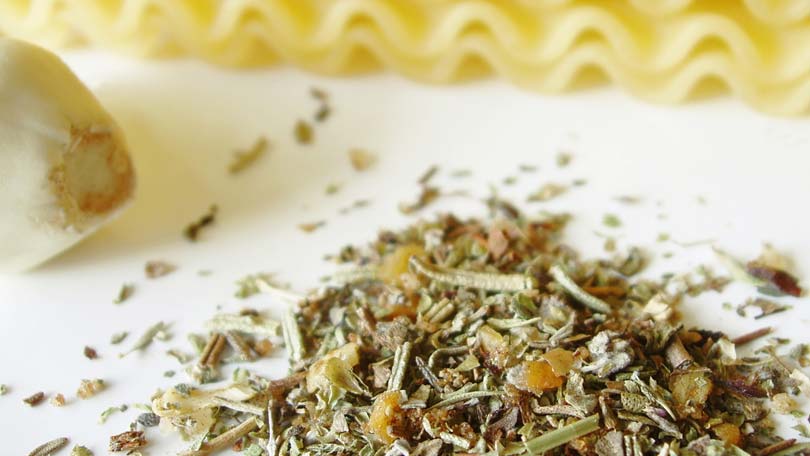
More and more scientific research proves that cooking with herbs is not just important for taste; it’s also important for health. Herbs like curry, turmeric, basil, oregano, garlic and onions not only make a dish come alive but also contain medicinal constituents that have actions in the body that are anti-inflammatory, anti-bacterial, anti-parasitic, and anti-viral. Some herbs contain antioxidants and anti-diabetic agents while others have specific ingredients that are anti-aging. The research is pretty clear: our health can improve in leaps and bounds by adding herbs to our regular meals.
And why not add them to our meals? They taste great! The flavors and aromas are always something to look forward to and they are the foundation of our memories of good times, especially the holidays. What would a holiday party be without the taste of cinnamon-spiced apple cider, the smell of hot apple pie or pumpkin pie, and the aroma of a turkey cooking in the oven?
How Do Others Cook with Herbs?
Once you decide to start cooking with herbs, it’s important to begin observing the standard ways herbs are added to food. If you’ve never noticed the sprig of parsley on the dinner plate or the sprinkle of cinnamon on a bowl of oatmeal at family restaurants, you haven’t been paying attention!
Every restaurant menu is filled with herb ideas that can give you a place to start. It may even be beneficial to keep an herb idea journal with you at all times to record the hundreds of ways herbs are used to season foods. As examples, think about the herbs used in recipes such as herb roasted potatoes, mint-roasted leg of lamb, apple rosemary glaze, lemon-honey lamb cutlets, ginger-melon pork, dilled meatballs, rosemary walnut beef skewers, chipotle chicken sausage. When dining out, chefs are always honored to learn that customers want to know what type of herb and spice mixtures they used to create food tastes that blend perfectly or give a dish a “bite” when least expected. Getting tips from chefs accelerates your progress.
Few Hard and Fast Rules
Cooking with herbs follows fewer rules now than a few decades ago. You can create mild flavors by adding a pinch of any herb to a food or be dramatic and bold by adding an unexpected herb to a food. For example, one woman added fresh basil to ice cream and the combination created quite a stir in her restaurant. No one expected the delightful taste and stimulation to the taste buds! It’s been a hit ever since. Another example is adding traditional herbs for entrees such as oregano, basil, dill, marjoram, and rosemary to dinner muffins! Unexpected flavors excite our taste buds.
The easiest way to start cooking with herbs is to first know the aromas of each herb and spice. And the easiest way to learn them well is to simply open each bottle on your spice rack and take in a whiff.
Once you know the aromas, your taste imagination is activated. Your next step is to start experimenting. Don’t be afraid to experiment; it’s easy when you do this with a bite of food and a pinch of an herb or spice at a time.
For example, take a tablespoon of the bland stew you made for dinner and mix it in a bowl with a pinch of dill or rosemary. How does it taste? Is the taste of the rosemary overwhelming? If so, you added too much. After a half glass water to clear your taste buds, try it again with half the amount of rosemary in a new tablespoon of stew. How’s the taste now?
Some ideas to start with are:
- try adding pinch of cardamon, mint, lavendar, or basil on top of fruit or ice cream
- on your next salad, add herbs such as dill, lemon thyme, rosemary and sage to your vinegar and oil dressing
- add one-half teaspoon of any green spice rack herb to an entrée of beef, chicken or fish before cooking
Make cooking with herbs fun and your results will always be surprising!
By Dr. Donna Schwontkowski (ret.), Master Herbalist
